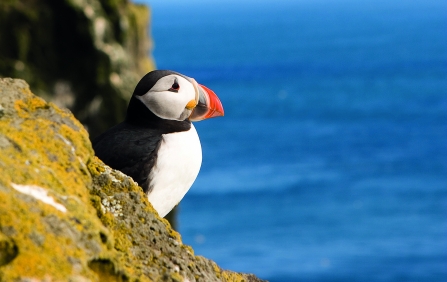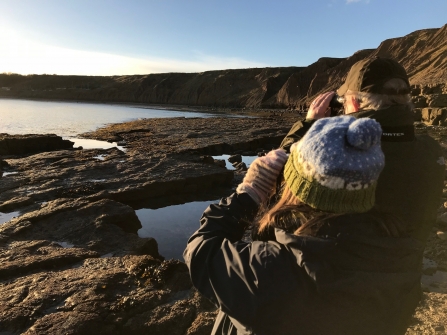When Yorkshire Wildlife Trust first revealed its plans to lead a nature tourism project in East Yorkshire back in 2010, a few eyebrows were raised. Why would a conservation charity be getting involved in the economies of tourism? It certainly was a new departure for us but it was the perfect moment to act on growing trends…
Following the financial crash of 2008, we kept calm as a nation and went on staycation! This was the era in which our holiday habits began to change and the UK was being rediscovered. We were finding hidden gems all over our green and pleasant lands, cottage companies became cool and ‘glamping’ was introduced into our vocab. Excitingly, seeing and experiencing wildlife was part of this trend too.
Worldwide, the number of people travelling to see wildlife was significantly rising (by 20% a year). When you think of wildlife tourism, African plains and the ‘big five’ or whales swimming alongside passenger boats in Canada might spring into mind. Not necessarily puffins in Yorkshire!



